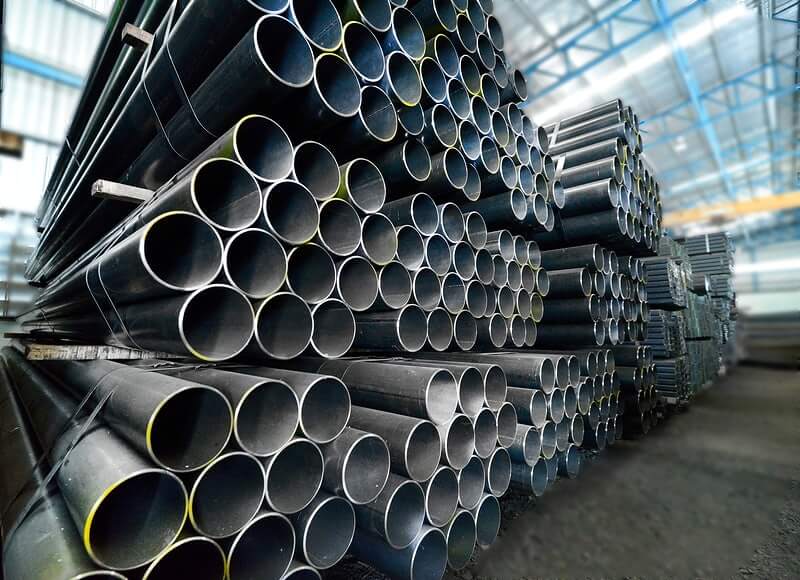Photo: Wiki Commons
The Latin American steel industry, once aspiring to be the engine of regional economic growth in the 21st century, finds itself in a deep crisis, facing prolonged stagnation and loss of global relevance. Experts point to China as the main culprit for this debacle, accusing it of flooding the market with cheap steel.
Despite producing 6.6% of the world’s steel in 2000, Latin America has experienced a steady decline in its share of the global steel industry, reaching its lowest point in 2023, representing only 3.1% of the global total. This decline has been exacerbated by China’s growing competition. China has increased its steel production by a staggering 700% between 2000 and 2023, now accounting for 54% of the global market.
At the turn of the century, countries like Brazil, Mexico, Argentina, Chile, Colombia, Ecuador, and Peru set out to develop their manufacturing and steel industries to diversify their economies and distance themselves from a dependency on raw material exports. Steel production was crucial in this strategy, as it is fundamental to a wide range of industries, from construction to electronics manufacturing.
China’s strategy of subsidizing its domestic steel production and exporting it below market prices has triggered a dumping situation that severely affects Latin America. In recent decades, while the region’s exports to China have plummeted, imports of Chinese steel have skyrocketed, with over 10 million tons imported in 2023 alone, posing a serious threat to the local industry.
The situation has led to the closure of major steel companies in the region, such as Compañía Siderúrgica Huachipato in Chile, which ceased operations this March due to unfair competition from Chinese steel. In Brazil, Siderúrgica Gerdau also had to suspend operations due to intense competition. These measures have also jeopardized hundreds of thousands of jobs across the region.
Despite efforts by some countries, such as Mexico, to impose tariffs on imports of Chinese steel, the region’s ability to defend itself against this unfair practice is limited by its economic dependence on China in other sectors. The lack of a coordinated regional response has left the Latin American steel industry in a vulnerable position.
However, there are indications that change may be on its way. Growing international pressure on China to reduce its steel production due to environmental concerns, coupled with the comparative advantage of Latin American steelmaking in terms of sustainability, could open up new opportunities for the regional industry.
The transition to a cleaner and more sustainable world could allow Latin American steelmaking to take off again and reverse the process of deindustrialization that has affected the region in recent decades.
The crisis in the Latin American steel industry is the result of unfair competition from China, which has flooded the market with cheap steel. This situation has led to business closures and job losses across the region. However, there are hopes that international pressure and the comparative advantages of Latin American steelmaking could pave the way for recovery in the future.
Know the main source:
Cómo el acero chino está hundiendo en una crisis enorme a la industria siderúrgica de América Latina (y Chile es una de sus últimas “víctimas”) | BBC Mundo (2024, abril 16)
https://www.bbc.com/mundo/articles/cprgz4282ndo
Other related sources:
La mayor presencia de acero chino en América Latina amenaza a la industria siderúrgica local | Perfil (2024, abril 15)https://www.perfil.com/noticias/economia/el-acero-chino-inunda-america-latina-y-amenaza-a-la-industria-siderurgica-del-continente.phtml

